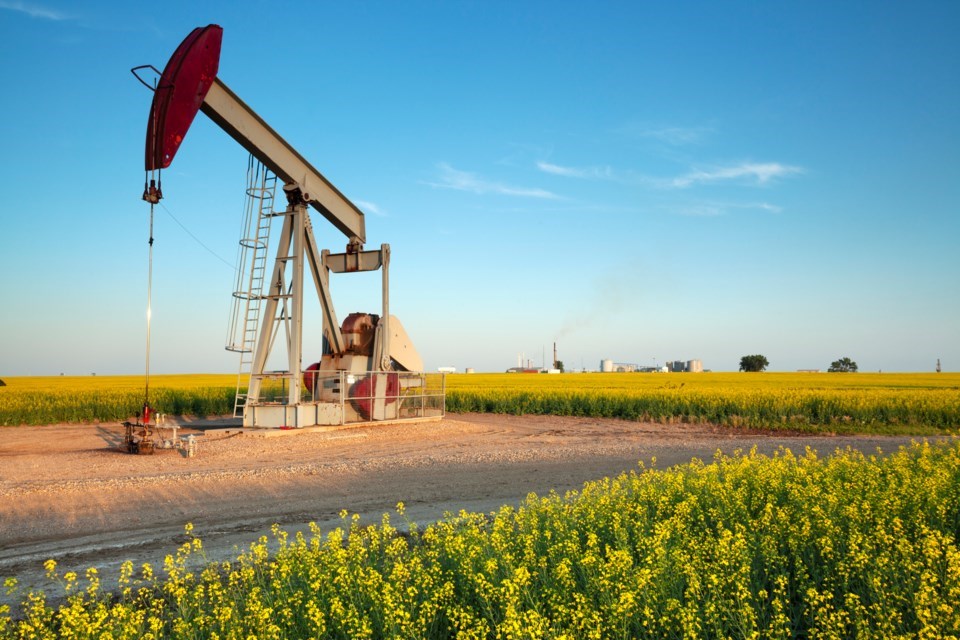The International Energy Agency’s (IEA) latest projection for world energy is likely to cause some consternation in Western Canada’s petroleum industry.
The IEA’s World Energy Outlook is an annual report that analyzes the previous year’s global energy consumption, and forecasts where supply and demand of various energy sources — like oil, gas, solar, and others — are heading. It serves as an authoritative analysis that governments and businesses have historically used to guide major investment decisions for long-term energy planning.
The 2021 report published October 12 forecasts three scenarios. They are essentially business-as-usual, increased climate ambition, and what would need to be done to hold global warming to 1.5 C and meet net-zero greenhouse gas emissions by 2050. The forecasts analyze both fossil fuels and renewables, and call for increased climate ambition ahead of COP26, the United Nations climate talks set to begin in Glasgow, Scotland, in late October 2021.
“Oil demand, for the first time, shows an eventual decline in all scenarios in this Outlook, although the timing and sharpness of the drop vary widely,” the report reads.
In the business-as-usual case, demand for oil peaks in the mid-2030s and slowly declines to 2050. In the increased climate ambition scenario, demand for oil peaks in 2025 and falls from there. But in the scenario where countries are aiming to hold onto a climate-safe future by hitting net-zero by 2025, oil demand must peak now and fall dramatically in the coming years. The report refers to these as the stated policy scenario (STEPS), announced pledges scenario (APS), and net-zero emissions by 2050 scenario (NZE), respectively.
“Alberta is in a tough spot because it is a marginal supplier in the market given its high cost for breaking even,” explained Werner Antweiler, the University of British Columbia’s Sauder School of Business Chair in International Trade Policy.
“To the extent oil demand is weakening, they're going to be one of the first hit in terms of participating in the market because to compete, the oil price has to be high enough,” he added.
Companies in Alberta’s oil industry, like Husky and Cenovus, have been going through a wave of consolidations in an attempt to cut costs and increase their market share in the face of a changing energy landscape.
“Defensive mergers are basically something where companies have been weakened by market changes and so they consolidate to reduce market competition and gain more profits,” Antweiler said. “But that is not stopping the transition from happening, and these companies will eventually fade and transform to something else.”
Antweiler explained demand for oil is largely related to transportation, but it is well understood that electric vehicles (EVs) will be quickly adopted as the price of batteries comes down. That’s in part because the price of renewables is already cheaper than fossil fuels in many areas.
“The moment EVs are cheaper than internal combustion vehicles, that is the tipping point for the industry,” he said.
The IEA offers four key steps to help countries close the gap between announced targets and policies that would hold warming to 1.5 C.
• A “massive” push for clean electricity, including doubling solar and wind capacity relative to the increased ambition scenario;
• A “relentless” focus on energy efficiency to curb power use;
• Significantly cutting methane emissions from existing oil and gas production; and
• Major investment in new technologies.
The last point the IEA considers crucial, because many of the technologies it uses in its assumptions — like carbon capture, utilization, and storage, and hydrogen-based fuels — have not progressed beyond a prototype or demonstration stage.



